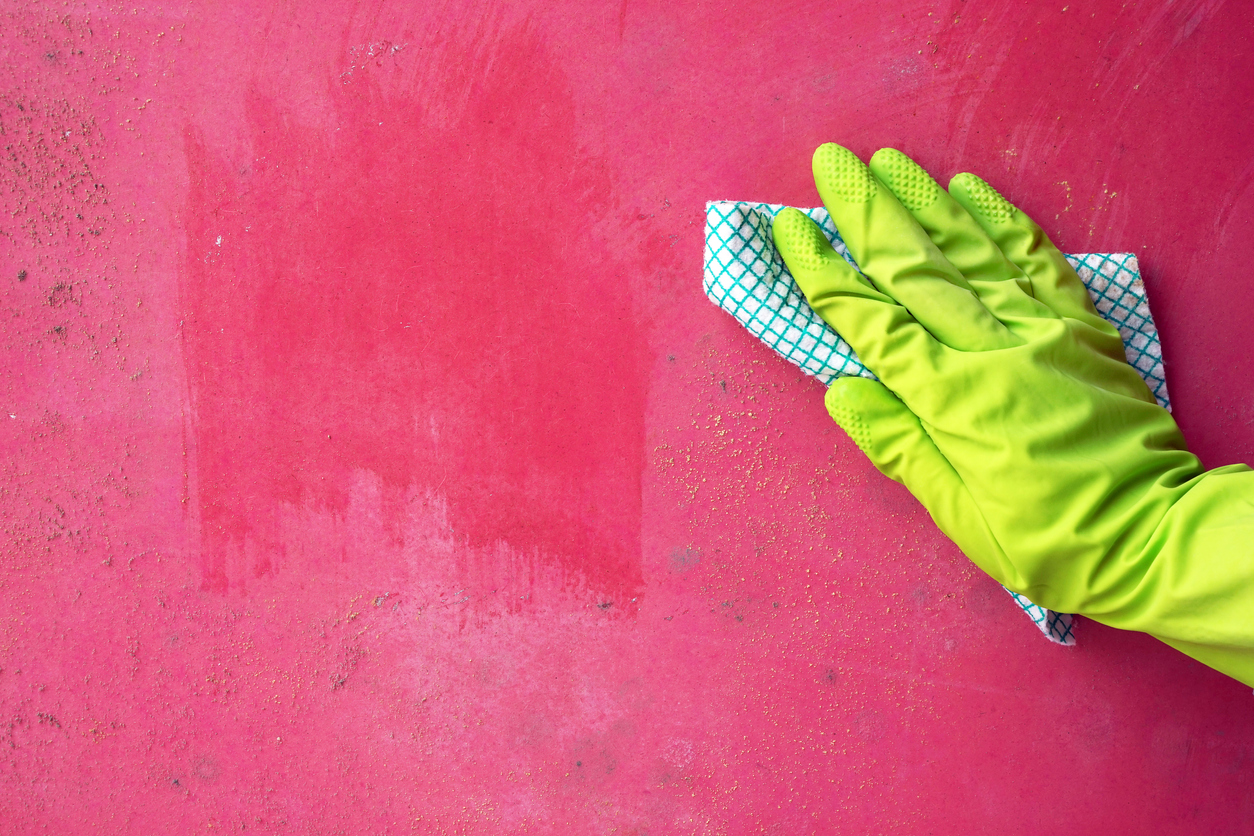Recently, we handled a property loss claim stemming from a fire in a multi-structure condominium complex. The complex consisted of multiple identical buildings, each connected by a common wall. The fire burned one section of one of the buildings to the ground, while the rest of that building sustained extensive smoke and water damage.
On the day of the loss, the smoke and water damage in the portion of the building that remained standing was approximately $100K. Under its insurance policy’s terms, the insured was responsible for protecting the property from sustaining further damage after a property loss. In this case, the insured was unable to access the property to fulfill this obligation due to the insurance company locking it down to complete its investigation. This (forced) failure to protect the property resulted in the scope of damage growing exponentially due to exposure to the elements, namely water damage which turned into a great amount of mold.
So, what was $100K in damages, became $500K. The carrier paid only the ‘direct damage’ amount of $100K. The remaining amount was deemed by the carrier to be uncovered damages, as this insured’s policy contained an absolute mold exclusion.
From our view at SMW, we believe the post-event damages should have been covered. Why? Because the insurance company didn’t allow work to take place. They tied the hands of the insured. The only way to prevent further damage would have been to take down the damaged building, sheath the common wall, and prevent water seepage. Since that would have slowed the insurance company’s investigation, they held the scene for months, thereby preventing the insureds from limiting post-event damage.
Condo associations: Watch out for a mold exclusion endorsement in your insurance policy. It could potentially make a huge difference in your out-of-pocket costs after suffering a property loss.




